Rural tourism - not just "hanging out in the countryside"
From experiencing farming, learning traditional crafts to immersing in local cultural life, rural tourism is opening up a vibrant, unique space. This model not only helps people improve their livelihoods, but also contributes to preserving cultural heritage.
According to the direction of the Ministry of Culture, Sports and Tourism, rural tourism is not just about going to the countryside to relax, but is a harmonious development strategy between heritage conservation and green economy .

Mu Cang Chai ( Lao Cai ) is famous for its picturesque terraced fields (Photo: TL).
Vietnam currently has thousands of traditional craft villages, hundreds of ancient villages and countless tangible and intangible cultural heritages recognized by UNESCO. However, if conservation does not go hand in hand with community livelihoods, many valuable values will be at risk of being lost.
Therefore, the Rural Tourism Development Program in New Rural Construction for the 2021-2025 period, approved under Decision 922/QD-TTg dated August 2, 2022, identifies the goal of promoting traditional cultural values and typical ecological landscapes of each region, while promoting community tourism associated with heritage conservation and environmental protection.
Instead of viewing heritage as "treasures for display", many localities have proactively "activated" that value through tourism, so that traditional crafts and indigenous culture become a vibrant part of rural life today.
Keeping the Vietnamese soul on the journey of development
Recently, Cam Thanh village (Da Nang) was listed in the top 50 most beautiful villages in the world, and was described by Forbes magazine as “a river symphony”. Visitors can take a basket boat through the Bay Mau coconut forest, take a cooking class in the countryside or join fishermen in pulling nets and fishing.

Image of Vietnam's Cam Thanh village on Forbes magazine (Photo: Forbes).
What is valuable is that the community tourism model here still retains its green features, limits "concretization", takes advantage of local materials and turns each experience into a cultural story of the Central region's rivers.
In Moc Chau (Son La), with more than 10,000 hectares of fruit trees and thousands of hectares of tea, vegetables and crops, people have developed hundreds of agricultural tourism models. Activities include visiting dairy farms, milking cows, growing vegetables, picking plums, learning to make Do paper or preparing traditional dishes.
These activities not only generate income but also help preserve traditional crafts and the highland ecosystem - in the true spirit of tourism without sacrificing nature.
In Lao Cai, tourism models of terraced fields, brocade weaving, highland markets, etc. are being expanded, combined with the development of agricultural products and souvenirs with border identity.
The provincial Department of Tourism aims to “develop a synchronous system of rural destinations”, placing the community as the central subject. Thanks to that, tourism in this province not only brings in new revenue but also contributes to preserving the spiritual culture of ethnic minorities.
In the Western region, provinces such as Dong Thap and Can Tho attract tourists with “a day as a farmer” tours: picking fruit, cooking, rowing a boat through canals, fishing, and listening to traditional music.
In particular, Con Son - a community tourism model operated by more than 70 households in Can Tho - is considered a typical example. Here, each resident is both a conservation subject and a "cultural ambassador", helping tourists gain a deeper understanding of the cuisine and lifestyle of the river region.
Develop without losing identity
According to experts, rural tourism associated with heritage is a “dual driving force”: both creating economic value and aiming for green and sustainable development. When people do tourism, they are also the ones protecting the landscape, preserving ancient architecture and reducing plastic waste.
Many tourist villages have now switched to using clean energy, prioritizing natural materials and developing a "green homestay" model that is both economical and environmentally friendly.
In reality, when heritage is placed in the cycle of life, respected by the community and experienced by tourists, conservation is no longer a burden but becomes a source of pride and a driving force for development.
Each craft village, practice and custom, if associated with suitable tourism products, will become a regional brand, contributing to shaping the identity of Vietnamese tourism.

Western tourists enjoy seasonal fruits and Southern folk music on their journey to explore Thoi Son Islet (Dong Thap) (Photo: Moc Khai).
In the flow of modernization, preserving the soul of the countryside is not only about old tiled roofs or red brick roads, but also about the way people live with the heritage, turning the heritage into a livelihood and pride.
Rural tourism associated with heritage conservation is the direction of humane and sustainable development, so that the Vietnamese countryside can both innovate and retain its soul. From there, each trip of tourists is not only a journey to a land, but also a journey to touch the memories and spirit of the homeland.
Source: https://dantri.com.vn/du-lich/du-lich-nong-thon-gan-voi-bao-ton-di-san-chia-khoa-cua-phat-trien-xanh-20251105200910318.htm


![[Photo] Closing of the 14th Conference of the 13th Party Central Committee](https://vphoto.vietnam.vn/thumb/1200x675/vietnam/resource/IMAGE/2025/11/06/1762404919012_a1-bnd-5975-5183-jpg.webp)


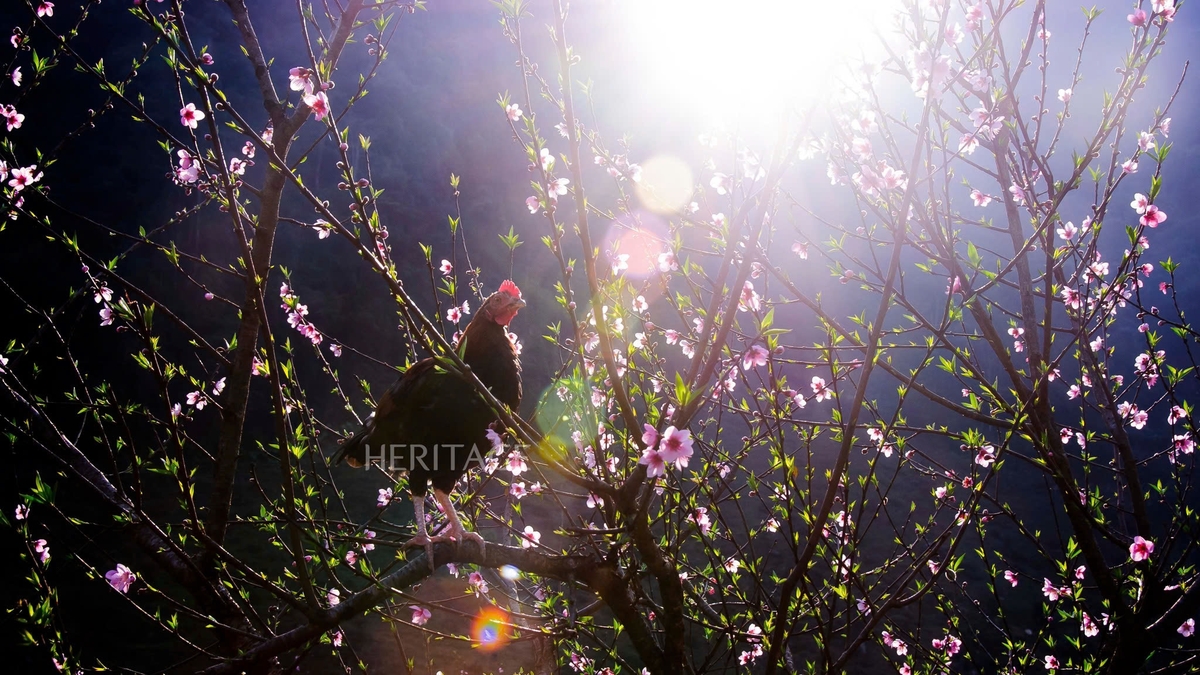













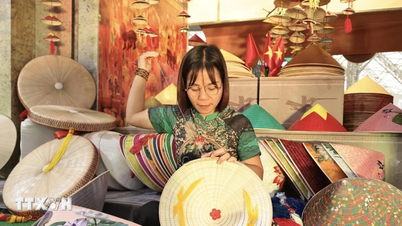





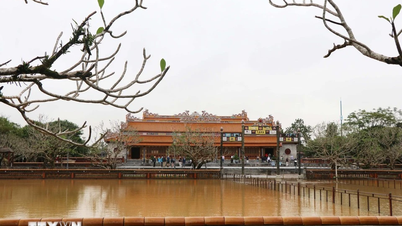







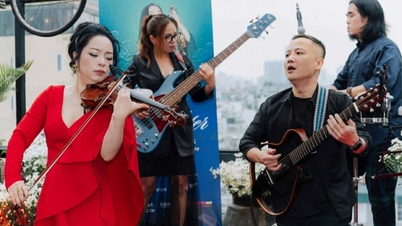


















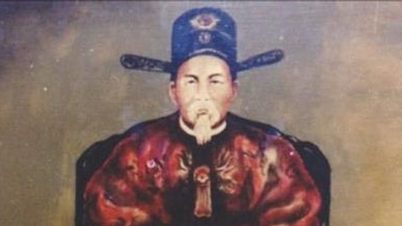




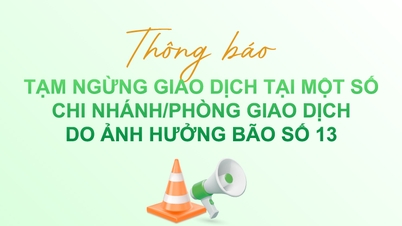





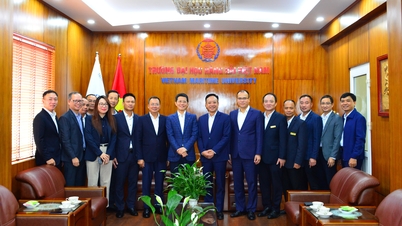
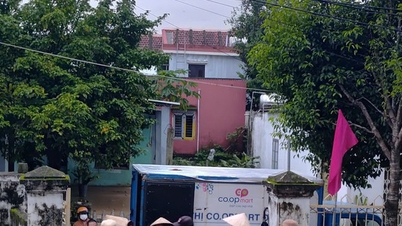
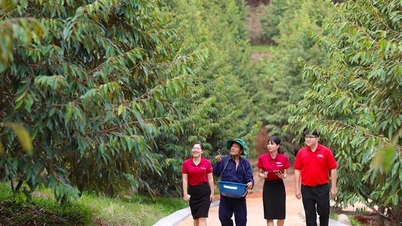







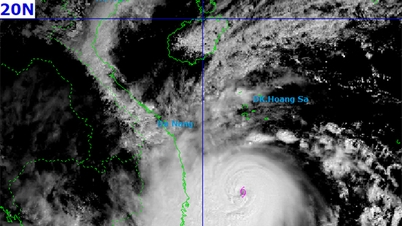













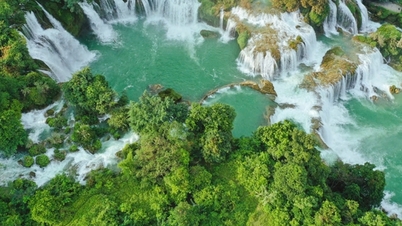


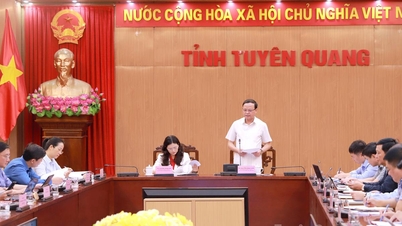



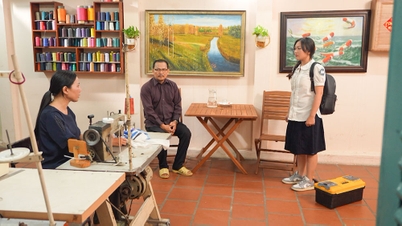



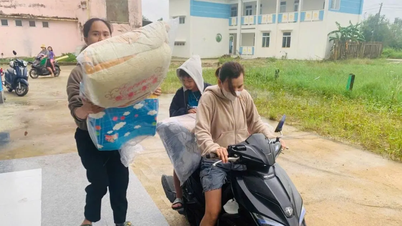
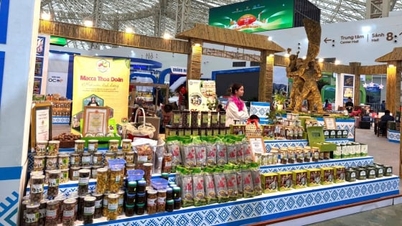











Comment (0)